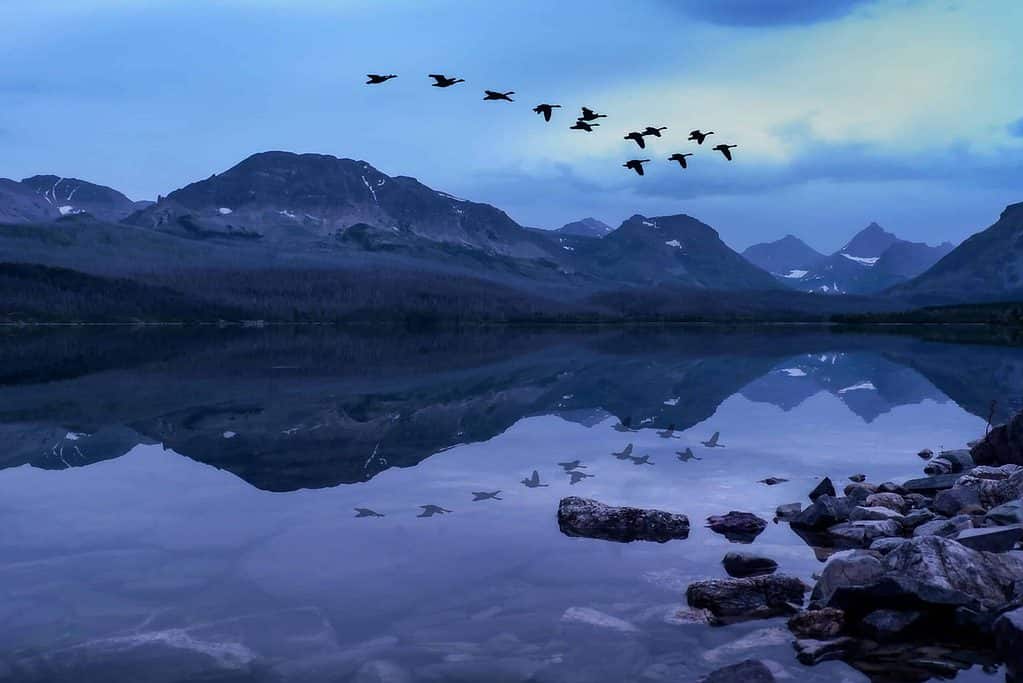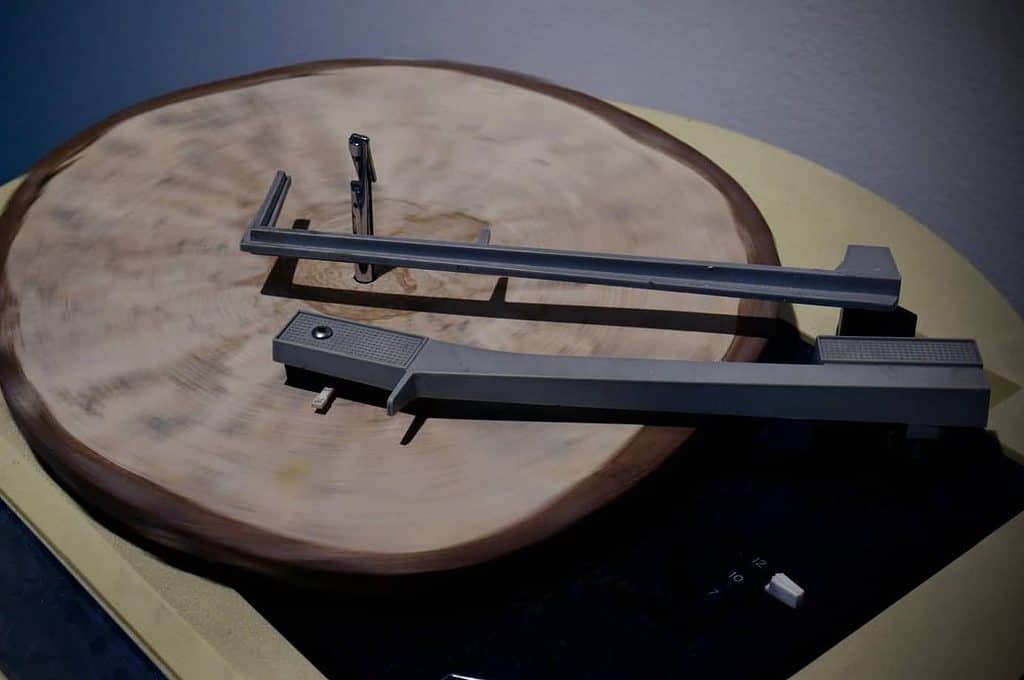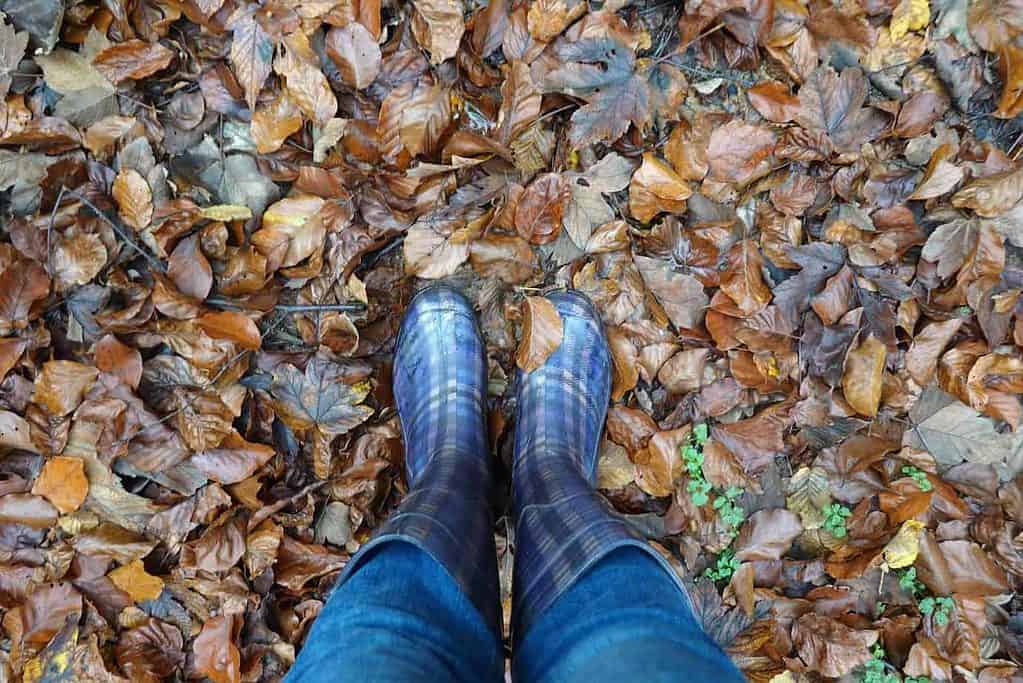Should a catastrophe hit the Yukon, such as an out-of-control fire, due to the contour of the City of Whitehorse, the city could be wiped out in a day or two—or, under stressful winds, in hours. If you drove to the forested backlands, could you actually survive a month, a week or even a single day?
The number-one thing in survival procedures is to keep control of your mind. Unless you have had thoughts of being lost, or finding someone that got lost, it may seem hard to lose your train of thought when it has turned to panic. There is an old saying: “We have nothing to fear but fear itself.” Should you find yourself in that position, the first thing to do is to sit down and to think your situation over, and then bring yourself back to reality.
The next thing that will help save your life is to conserve your energy. Put the things you should do in order of importance, as well, to save your energy. Once again, the old rule is this: “Never stand up when you can sit down, and never sit down when you can lie down” (Winston Churchill). Put your survival situation in order and accept that you could be lost for an hour, a day, or days.
First of all, make a shelter that will be dry and out of the wind. Next in line is to collect some firewood. If you had prepared for such a possibility as getting lost, you would have placed two small pieces of wood in your coat pocket (more on this at the end of this column). Never worry about food, as you can still live 25 to 30 days without food. If you were smart, you would have carried a small canteen of water on your belt, as it is necessary to keep yourself hydrated.
It is important to carry a compass and to have learned how to use it. Also, when going into the backcountry, carrying a topographical map of the area is also important. A point I may make is that (although very out of the ordinary) a compass can go wrong, as I once found out while working in an area where there was a certain mineral deposit in the soil. To overcome this, I have a simple piece of paper in my wallet that can act as a compass (when you follow the rules). It is a paper compass, and it works. I do carry a compass on my keychain, but the backup is always with me.
Living in the Yukon, we are at the mercy of the elements when it comes to survival. For myself, I have always been in love with the outdoors, with its wild rivers and dense backlands. At every opportunity, I have taken first aid courses and especially survival courses. Out of all of the courses I have taken, as well as those I have taught, nothing can compare with an excellent read on survival that includes hunting (the best calibre rifle), fishing techniques, instructions on how to take care of your harvested fish or meat, and information on the plants that you can eat in the wild. Often these super wild plants are higher in nutritional value than the vegetables and fruits that you buy from the grocery store. The book is titled, Hunting & Gathering Survival Manual, written by Tim MacWelch. I would highly recommend this book for hunting and trapping, food harvesting, and living in the wild.
(A closing note to this week’s column on survival: When carrying those two small pieces of wood in your pocket, make sure one piece is a match!).




